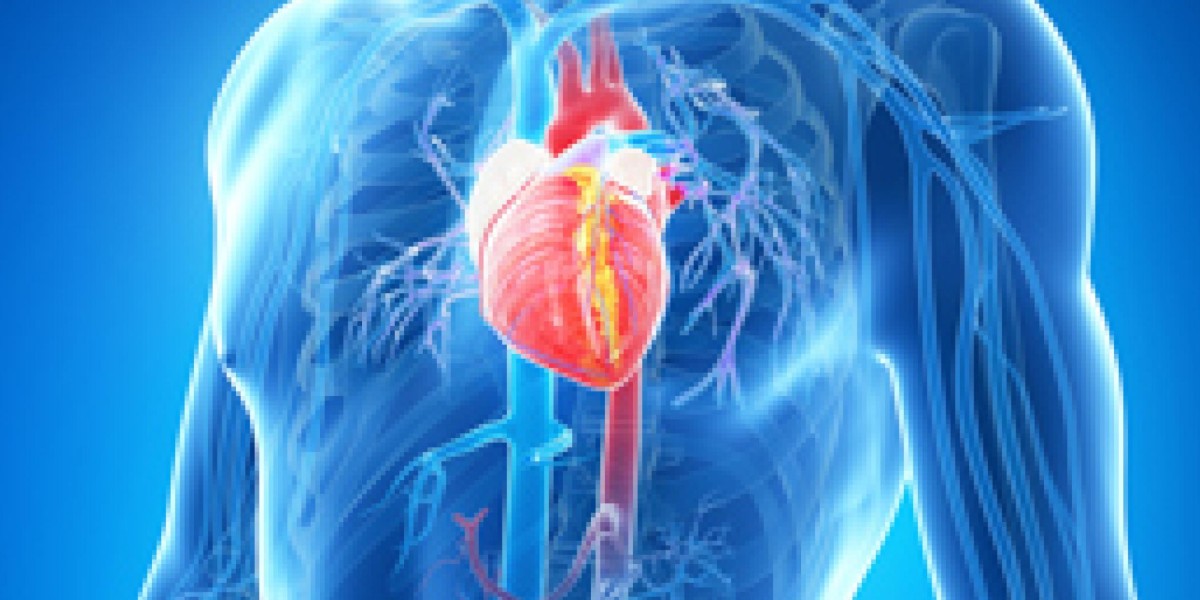Cardiac autonomic control is a fundamental aspect of cardiovascular physiology, orchestrating the intricate regulation of heart rate, rhythm, and contractility. This physiological process, mediated by the sympathetic and parasympathetic divisions of the autonomic nervous system, ensures the maintenance of cardiovascular homeostasis and adaptation to physiological demands. However, disruptions in cardiac autonomic control can have significant clinical implications, contributing to the pathogenesis of various cardiovascular disorders. This article explores the journey from the physiology of cardiac autonomic control to its clinical implications, shedding light on its role in cardiovascular health and disease.
At the heart of Cardiac Autonomic Control lies the dynamic interplay between the sympathetic and parasympathetic divisions of the autonomic nervous system. The sympathetic division, activated during times of stress or physical exertion, increases heart rate, enhances cardiac contractility, and constricts blood vessels to prepare the body for action. Conversely, the parasympathetic division, dominant during rest or relaxation, decreases heart rate, reduces cardiac contractility, and dilates blood vessels to conserve energy and promote recovery.
This balance between sympathetic and parasympathetic activity is crucial for maintaining cardiovascular homeostasis and adapting to physiological and environmental changes. Neural circuits, reflex pathways, and feedback mechanisms modulate autonomic output in response to internal and external stimuli, ensuring optimal cardiac function under varying conditions. The baroreceptor reflex, for example, senses changes in blood pressure and initiates appropriate autonomic responses to maintain blood pressure within a normal range.
However, disruptions in cardiac autonomic control can lead to adverse clinical outcomes and contribute to the development of cardiovascular disorders. Excessive sympathetic activation or inadequate parasympathetic tone is associated with conditions such as hypertension, heart failure, arrhythmias, and sudden cardiac death. Dysregulation of autonomic control can disrupt the delicate balance between sympathetic and parasympathetic activity, leading to alterations in heart rate variability, blood pressure regulation, and cardiac function.
Furthermore, assessment of cardiac autonomic function has important clinical implications for the diagnosis, prognosis, and management of cardiovascular disorders. Techniques such as heart rate variability analysis, baroreflex sensitivity testing, and autonomic function testing can provide valuable insights into autonomic function and cardiovascular risk. These assessments can help identify patients at increased risk of adverse cardiovascular events and guide therapeutic interventions aimed at restoring autonomic balance and improving outcomes.
Get more insights on Cardiac Autonomic Control



